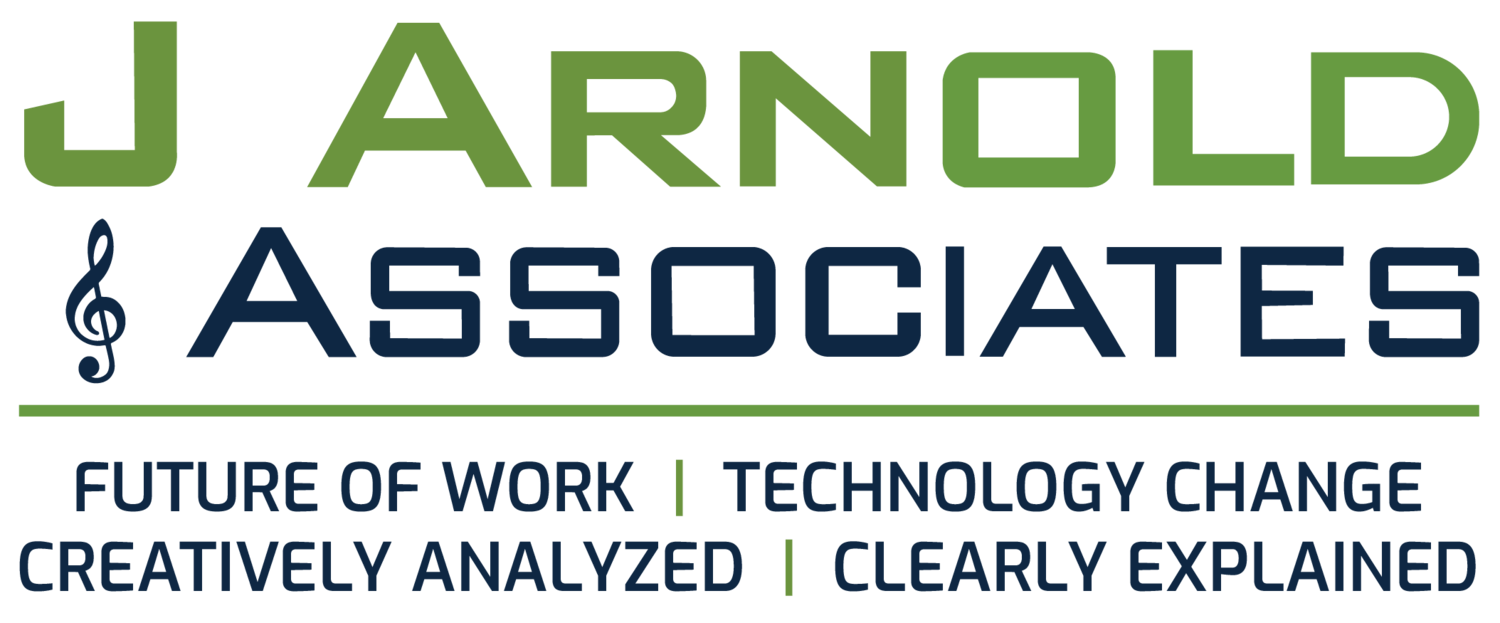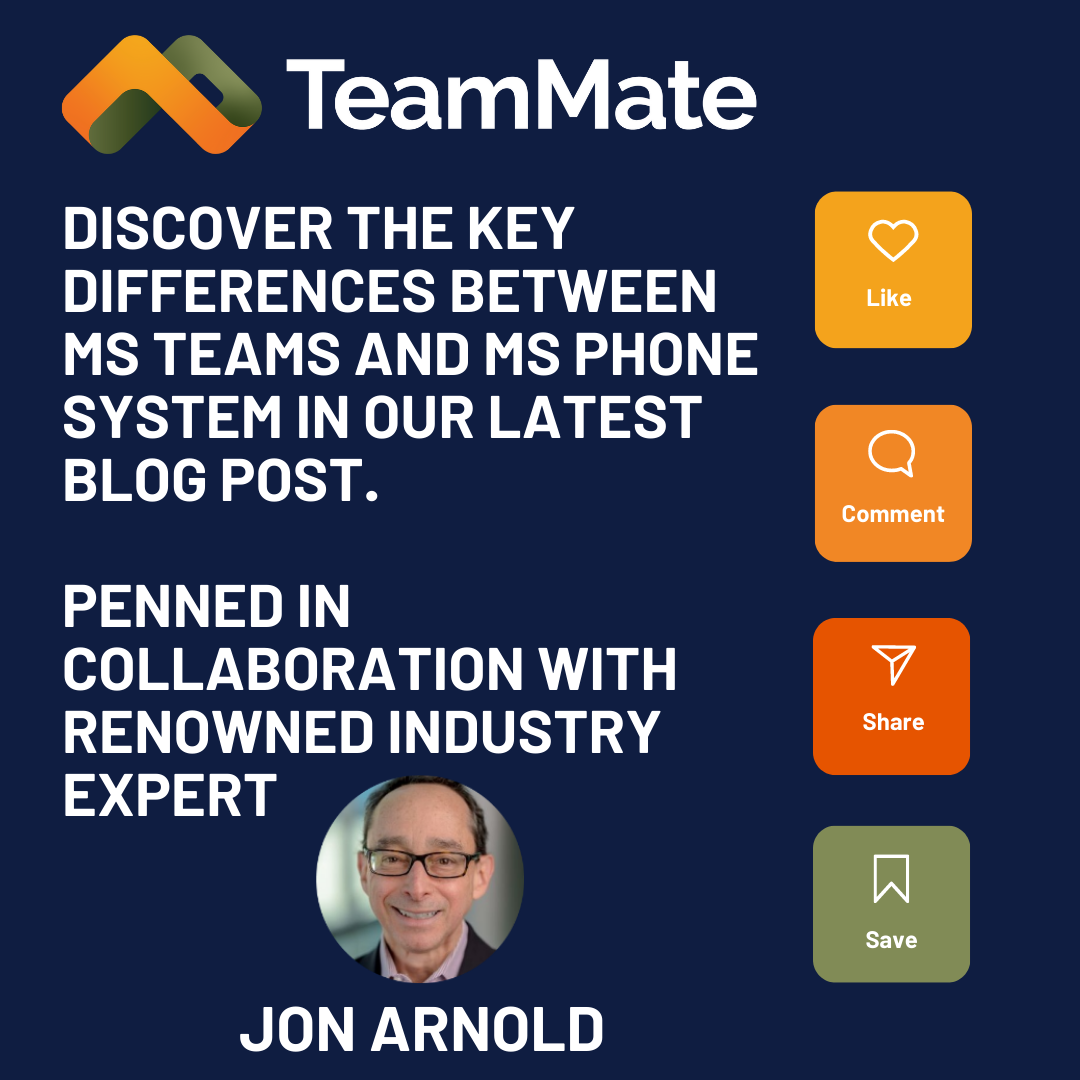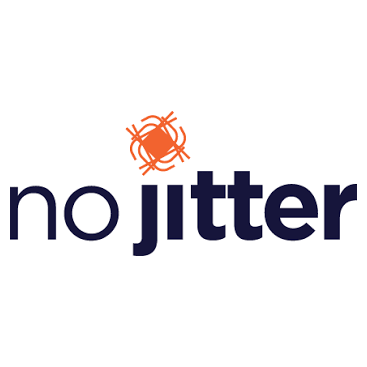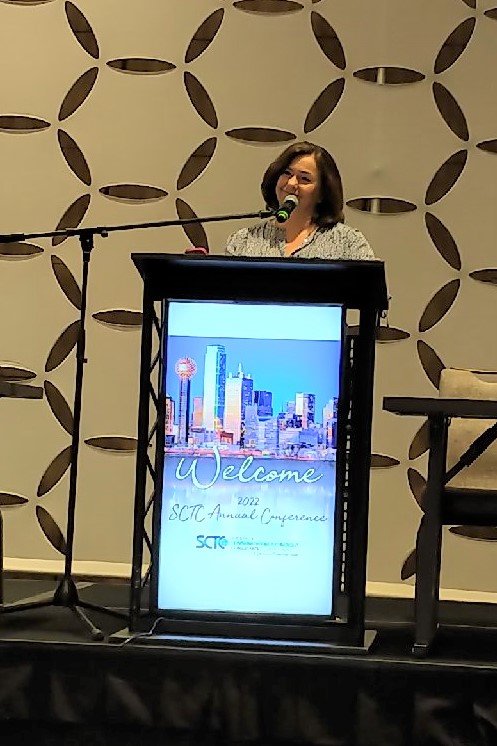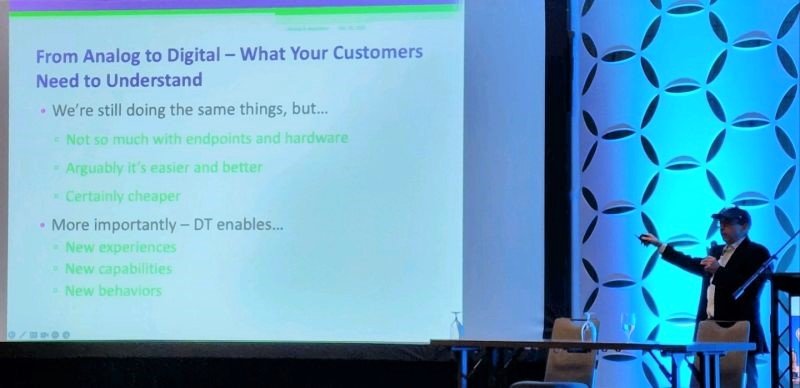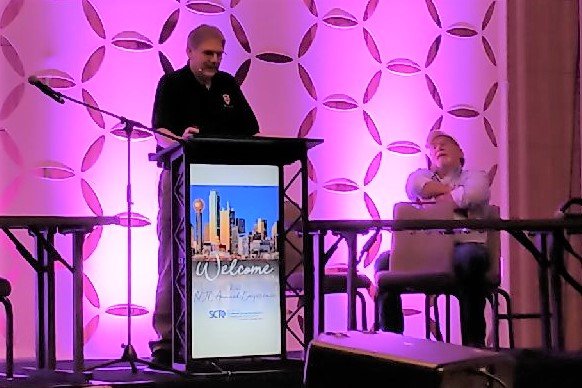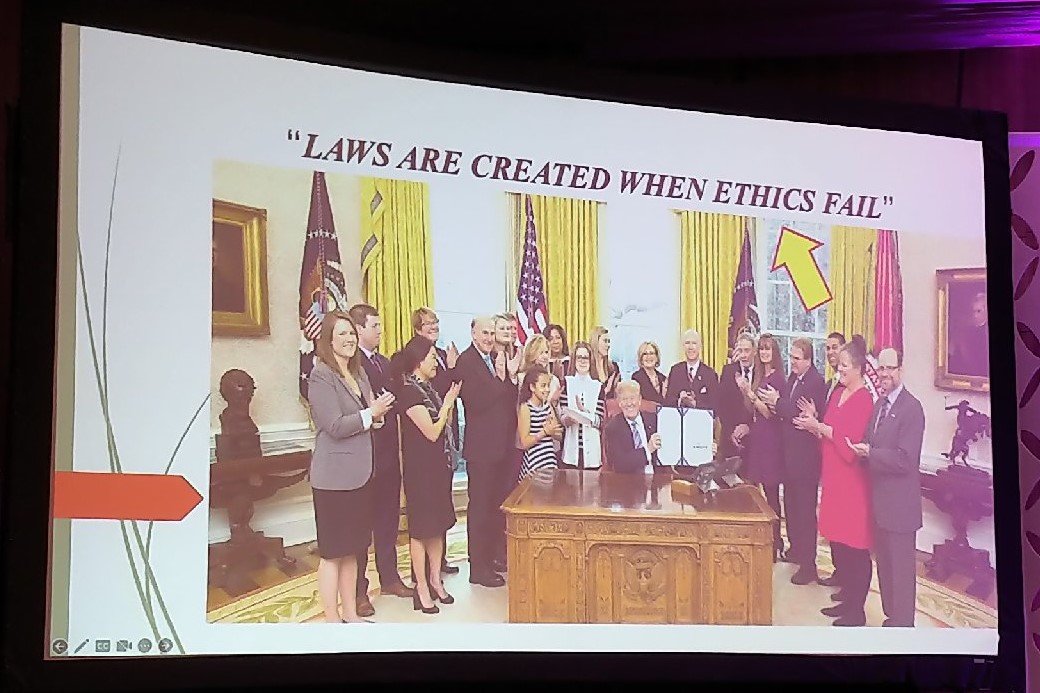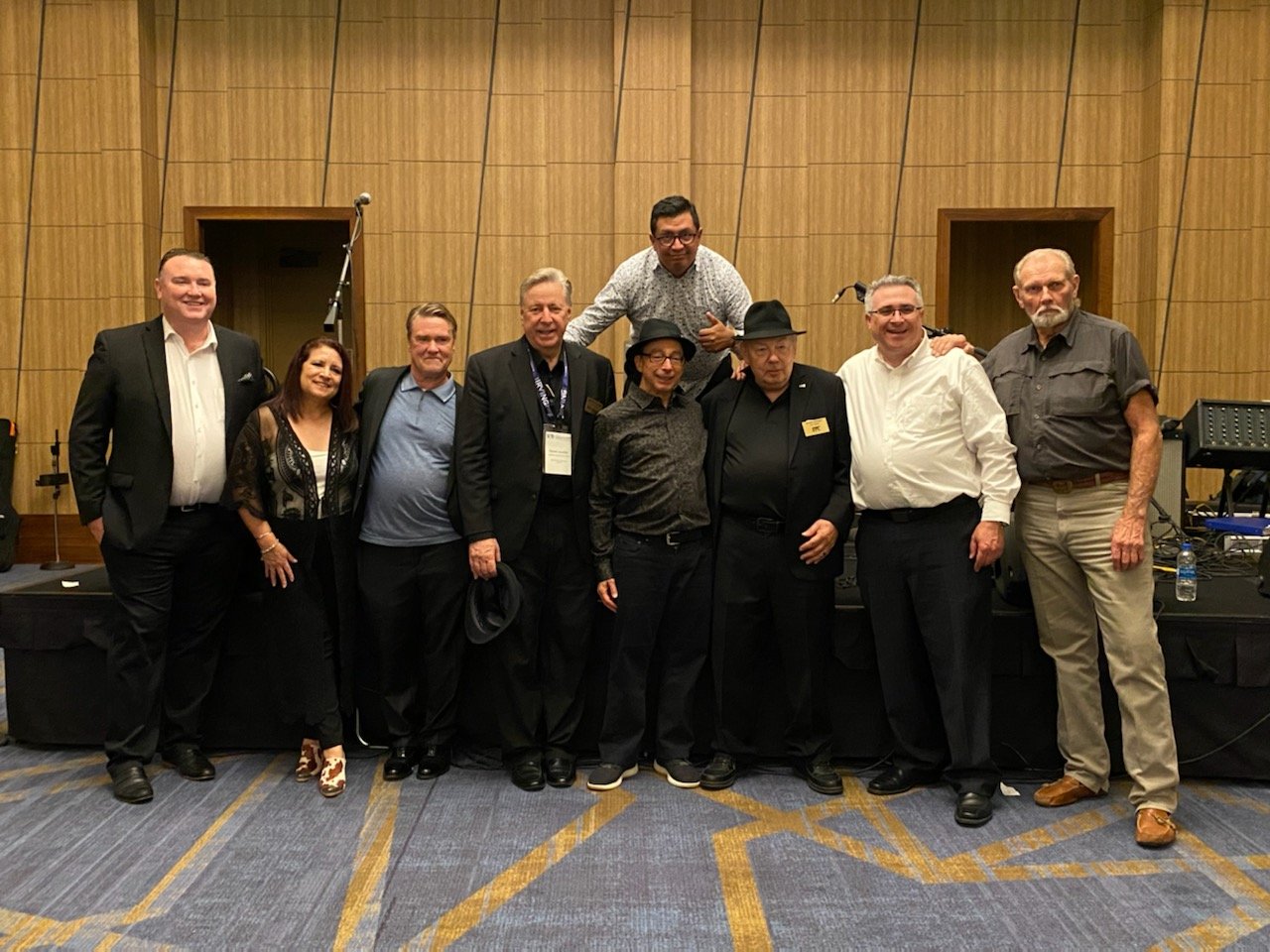We're living in a cloud-based world in which there's a lot of change, as well as opportunities. There's room here for newer companies, innovation, and we're seeing lots of it from all ends of the value chain.
For this blog post, I want to put a spotlight on that and bring in SIPPIO. It's a company I've been following for some time and which I've written about on multiple occasions. SIPPIO is a good example of the kind of innovation driving digital transformations.
SIPPIO offers technologies that make life better for carriers and channel partners trying to bring efficiency and scale to their customers. Recently, SIPPIO introduced Partner Portal, a partner-centric application that provides carriers, managed service providers (MSPs), telco resellers, and system integrators with a single portal to sell, deploy, manage, and support their entire global customer portfolio while growing a sustainable, healthy voice practice.
Partner Portal automates the entire quote to cash process to increase revenue, maximize profits per user and offer cross-sell/upsell opportunity by reducing sales admin, operations, and support overhead.
I recently spoke with SIPPIO Chief Operating Officer, Dawn-Marie Elder about Partner Portal and how the company is helping carriers, resellers, MSPs, and integrators capitalize on demand for solutions that support hybrid working.
Jon Arnold:
Dawn-Marie, one of the reasons I’m keen to talk with you today is to hear about the traction you’re seeing in the channel community. It's a really good story that highlights opportunities many people may not realize are out there. In addition to hearing your take on the wave of companies transitioning from prem to cloud for telephony, can you touch on what I believe is the biggest change: organizations migrating and adopting technologies that aren't just about voice and phone systems, but the whole collaboration space? What are you seeing in the market as companies try to make that transition?
Dawn-Marie Elder:
Thanks Jon! First, I think it's interesting to note how the telecom and unified communications worlds are merging. With the continuing adoption of different collaboration platforms in hybrid work environments, these once disparate ecosystems have now converged. For us, the past two years have been an explosion of growth; partners and carriers have an appetite for solutions that let them help customers derive maximum value from their collaboration applications.
One of the most significant features is voice-enablement. As companies develop their strategy for going back to work and hybrid environments, we're seeing people leave legacy telco behind in favor of voice-enabled Microsoft Teams or Zoom. Some implementations have been in place for decades. They're not only dated, but also need continuous upgrades or are beyond the scope of maintenance agreements.
So, as partners look to help customers get more value out of their collaboration solutions, we're seeing very strong demand for native voice capabilities. Businesses need their employees to use a single platform for making outbound calls with people outside of their organization and for internal collaboration, chat, video meetings, etc.
Jon Arnold:
I'm with you on that. Just to add what I see out there, it's very easy to think one can just deploy UCaaS and have all bases covered. We've become so video-centric that it's almost like we've forgotten about telephony. But the reality is that voice is still the most important mode for communicating and getting things done. Would you agree?
Dawn-Marie Elder:
Absolutely. Video fatigue is real. Most people try to multitask, which when you're on video, is pretty apparent. I believe that just being able to, "pick up a phone," and call somebody for a quick, one-on-one conversation is still the desired modality for business communications.
Jon Arnold:
Agreed. There are different models of working and different use cases where you absolutely need voice, either on its own or with complementary features. People can't just forget about telephony, as it’s a critical part of the UCaaS story. While that's a challenge for some, it’s also an opportunity for others. That's where SIPPIO has taken a leadership role. I see Partner Portal as a bridge that connects the telco and UC worlds, and lets partners solve a lot of headaches for businesses. Seems like a big opportunity for the channel.
Dawn-Marie Elder:
Partner Portal enables carriers and channel partners to successfully manage and grow their voice practices from a single “pane-of-glass.” We’ve made it simple and efficient for partners to provide quotes to customers, place orders, and then collect on new streams of monthly recurring revenue. Partner Portal is designed so that any level or role within an organization has access to the things that matter to them.
For example, an executive might want to see a summary view of all the opportunities that they have quoted to examine the difference between quotes and activations. There's also an opportunity for sales folks to utilize Partner Portal in their quoting operations, and for project managers to keep track of what’s happening within their customers’ environments. Certainly payables, looking at your credits and your receivables in terms of getting money in the door and improving your AR. Also, the full functionality of automated activation is a tremendous value-add.
Jon Arnold:
That strengthens partners’ sales pitch, doesn't it, because now they can offer a complete solution. I'm sure it's very easy for a partner to just provide telephony, but you can't make a living doing that anymore. So, while UCaaS is what you must run with, most services aren’t built with all those pieces natively. In such a competitive marketplace, how does this help them bring a complete offering to the end customers?
Dawn-Marie Elder:
It's really about increasing their own productivity so that they can keep their margins at a level that makes sense. Because when you have everything that you need to support customers in one place, it’s only natural that you’d be more productive. For partners, this is a distinct competitive advantage.
As you stated, many partners aren't situated to deploy this model, and they lack the means and knowledge to manage a monthly recurring business. Partner Portal removes the guesswork from bringing voice into their business, as well as managing the cut-over. SIPPIO help partners ensure a seamless transition for end customers.
Jon Arnold:
I want to pick up on something you mentioned earlier - about tapping into pent-up demand. As companies go to cloud, they start to realize that it's just not that easy to bring telephony along if you have a premise or a legacy-based system. How are your partners addressing demand?
Dawn-Marie Elder:
Many opportunities that come in the door are initiated by customers – not partners. Subsequently, resellers with traditional telephony backgrounds start to panic, raising their hand and asking for help because their customer is now telling them, "We're going to retire what we were doing with you and we're going to go down this path now."
However, many of our partners are quite successful because they understand the benefits of combining cloud communications with their collaboration platform. Knowing that value proposition and being able to talk about specific business outcomes, and the benefits for customers, sets those partners apart in a very crowded marketplace.
Carriers and partners that proactively market voice-enablement and initiate those conversations reduce time to sale from six months to 30 days. Leveraging automation, SIPPIO empowers partners to provision, onboard and activate users in a matter of minutes.
Jon Arnold:
And I assume the value that you're bringing in this case is to make that all kind of seamless and transparent for them, right? They have the answers and can bring the time to market, right?
Dawn-Marie Elder:
You are correct. This is an area where I counsel partners on how to guide the customer down the migration path, showing them how quick and easy it can be to activate voice in Zoom and Microsoft Teams. The quicker they can deploy, the faster their customers will realize the benefits of modernizing their business communications. Customers benefit from consolidating communications onto a single platform and from having a single partner that handles everything.
Voice can be a very profitable practice and SIPPIO has made it easy for carriers and partners to get into the voice business.
Jon Arnold:
That’s a good example of how Partner Portal makes life better for the end customer. Further, it also lets partners manage and grow voice practices while establishing themselves as a trusted partner.
Dawn-Marie Elder:
That’s exactly right. If you can make the hard stuff easier, that affords you an opportunity to focus on the fun stuff that might be little bit more lucrative and provide more value.
